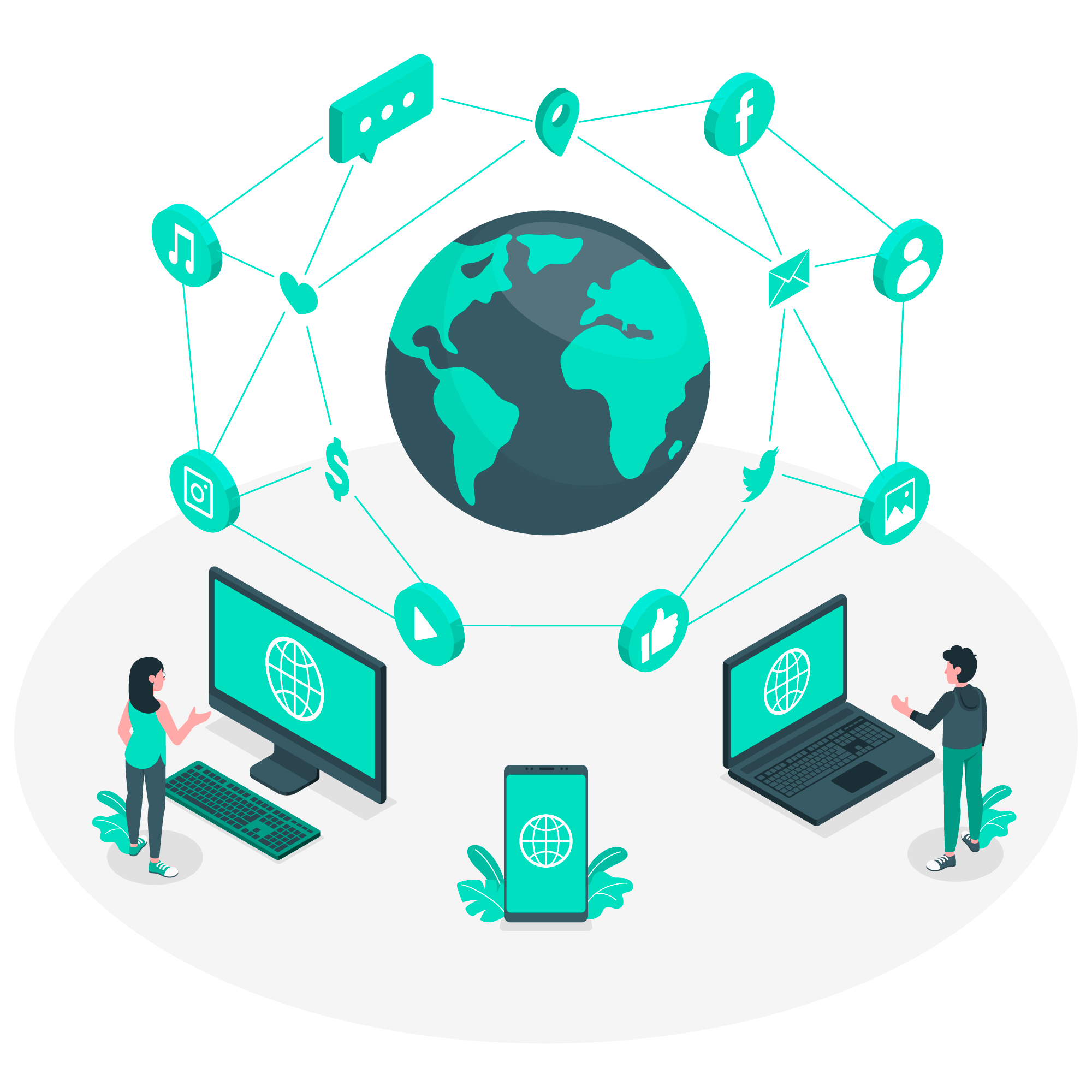Networking Basics Every Developer Should Know

As a developer, having a solid understanding of networking fundamentals is essential. Whether you're building web applications, distributed systems, or IoT devices, networking plays a crucial role. In this post, we'll cover the key networking concepts every developer should be familiar with.
1. IP Addresses and Subnets
IP addresses are numeric identifiers assigned to devices on a network. IPv4 addresses are 32-bit numbers typically represented in dotted-decimal notation (e.g., 192.168.0.1). Subnets are used to divide a network into smaller subnetworks, allowing for better organization and security. Understanding how to work with IP addresses and subnets is fundamental for network configuration and troubleshooting.
2. Protocols: TCP, UDP, and HTTP
Protocols define the rules and formats for data communication between devices. TCP (Transmission Control Protocol) is a connection-oriented protocol that ensures reliable data delivery. UDP (User Datagram Protocol) is a connectionless protocol that prioritizes speed over reliability. HTTP (Hypertext Transfer Protocol) is the foundation of data exchange on the web. Knowing when to use each protocol is crucial for building efficient networked applications.
3. Ports and Sockets
Ports are numeric identifiers used to differentiate network services running on a device. Common ports include 80 for HTTP, 443 for HTTPS, and 22 for SSH. Sockets are the combination of an IP address and a port, representing a specific endpoint for communication. Understanding ports and sockets is essential for configuring network services and establishing connections between applications.
4. DNS (Domain Name System)
DNS is like the phonebook of the internet, translating human-readable domain names (e.g., example.com) into IP addresses. It allows users to access websites and services using easy-to-remember names instead of memorizing IP addresses. As a developer, understanding how DNS works and how to configure DNS records is important for deploying and managing applications.
5. Network Topologies
Network topology refers to the arrangement of devices and connections in a network. Common topologies include star, bus, ring, and mesh. Each topology has its own characteristics, advantages, and disadvantages. Familiarity with different network topologies helps in designing efficient and resilient network architectures.
6. Network Security
Security is a critical aspect of networking. As a developer, it's important to understand common security measures such as firewalls, encryption, and authentication. Familiarity with secure communication protocols like HTTPS and SSL/TLS is essential for building secure applications. Regularly updating software and following security best practices helps protect against vulnerabilities and attacks.
7. VPN (Virtual Private Network)
VPNs allow for secure and private communication over public networks. By encrypting traffic and routing it through a secure tunnel, VPNs enable remote access to private networks and protect sensitive data. Understanding how VPNs work and when to use them is valuable for developers working on remote collaboration or accessing resources securely.
By mastering these networking concepts, you'll be well-equipped to build robust, scalable, and secure networked applications. Keep in mind that networking is a vast and constantly evolving field. Never stop learning and exploring!
Created on Sept. 6, 2024, 8:53 a.m.